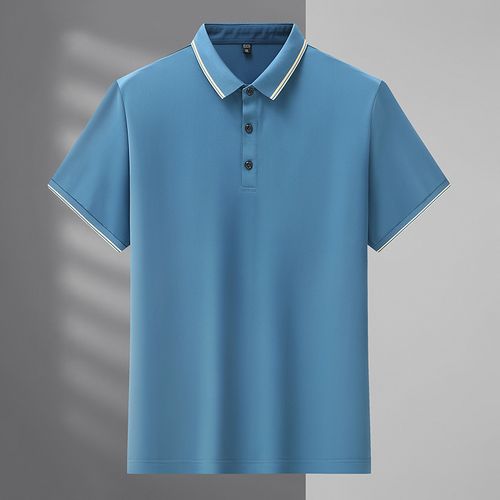The tacit cooperation of fabrics and clothing design is very important to create the ideal clothing appearance. The choice of fabric will directly affect the texture, style and overall effect of the clothing. The following is the relationship between fabrics and clothing appearance:
1. Texture and feel: Different types of fabrics have different texture and feel characteristics. For example, silk fabrics usually have a smooth, soft texture, while linen fabrics have a rough and cool texture. Designers can choose appropriate fabrics according to the design positioning and style requirements of the clothing to achieve control and presentation of texture.
2. Plasticity and ductility: The plasticity and ductility of fabrics will affect the tailoring and styling effects of clothing. For example, stretch fabrics can provide better extensibility, making clothing more close-fitting, slimming, and better showing body curves; while stiff fabrics can create structural clothing designs with a strong three-dimensional feel.
3. Pattern and color: The pattern and color of the fabric will also have a direct impact on the appearance of the clothing. The pattern and color selection on the fabric should be coordinated with the overall design of the clothing, and can highlight the theme of the clothing or highlight a certain design detail. At the same time, the color of different fabrics will also affect the overall gloss and effect.
4. Adapt to the environment and functional requirements: Different fabrics have different characteristics and are suitable for different environments and functional requirements. For example, cotton fabrics are breathable and comfortable, suitable for summer clothing; waterproof and wear-resistant fabrics are suitable for outdoor sports clothing. Designers need to choose appropriate fabrics based on the usage scenarios and functional requirements of the clothing to ensure that the clothing can show good appearance and practicality under various circumstances.
Through the tacit cooperation of fabrics and clothing design, the ideal clothing appearance can be created. Designers need to have an in-depth understanding of the characteristics and adaptability of different fabrics and make reasonable choices based on the design concepts and style needs of the clothing to achieve the perfect integration of fabrics and clothing design.








